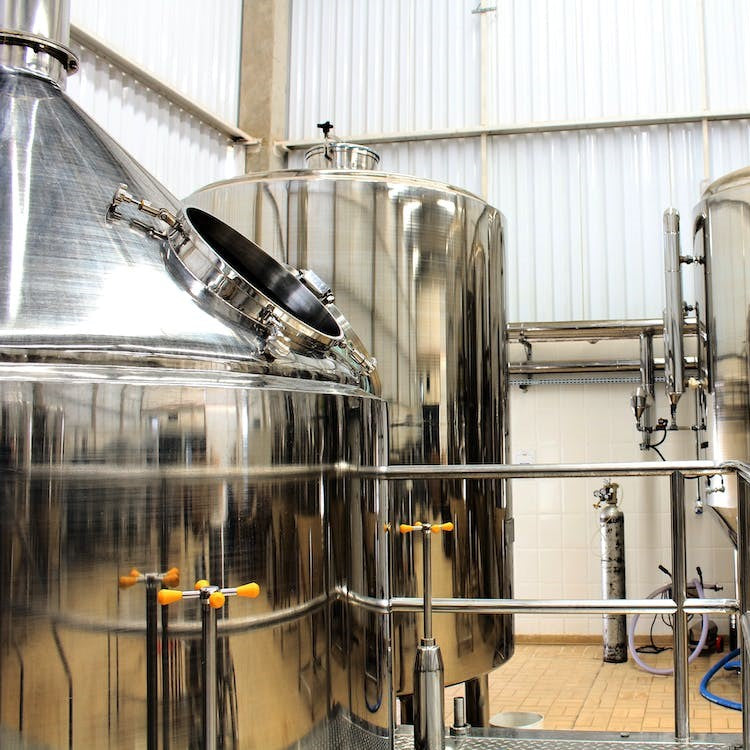American distillers have been pushing the boundaries of traditional production processes to develop distinctive and tasty spirits known as "craft whiskey" in recent years. Traditionally, whiskey has been distilled in either a column still or a pot still, but in recent years, an increasing number of artisan distilleries have begun to embrace different technologies in order to create their distinctive spirits. In this piece, we'll explore some of the novel methods of distillation used by American craft distillers and shine a light on some of the industry's forerunners.
Hybrid Stills
- Hybrid stills, which combine features of column and pot stills, are one such method that stands out. These flexible stills give distillers a wide range of options for tailoring the distillation process to their specific needs. Waco, Texas' Balcones Distilling is at the vanguard of this movement. Their whiskey is produced using a hybrid still called "The Forsyths," which combines the efficiency of a column still with the adaptability of a pot still.
Vacuum Distillation
- Craft distillers are increasingly turning to vacuum distillation as a means of creating spirits with distinctive flavors and fragrances. This delicate and refined spirit is the result of a low-temperature, low-pressure distillation process that preserves volatile ingredients. Vacuum-distilled whiskey is a specialty of Few Spirits in Evanston, Illinois. Because of the method's precision, the extracted flavors can be tweaked to perfection.
Solera Aging
- To improve the whiskies' flavor profiles, craft distillers are also experimenting with new aging methods. Solera aging, the standard technique for making sherry, calls for a fractional blending process. A part of the oldest whiskey is regularly drawn and replaced with younger spirits as the whiskey ages in a series of connected barrels. The solera maturing techniques employed at New York's Hillrock Estate Distillery result in whiskies of extraordinary complexity and nuance.
Barrel Finishing
- Barrel finishing, in which whiskey is aged in a variety of different barrels, is becoming increasingly popular among craft distillers. By using this method, the spirit can mingle with fresh wood and pick up its distinctive aromas and flavors. The Seattle, Washington distillery Westland Distillery is famous for its innovative barrel finishing techniques. They use ex-sherry, ex-port, and ex-garry oak casks, among others, to impart unique flavors and aromas into their whiskies.
Cold Smoking
- Craft distillers are increasingly using cold smoking methods to impart unique smokey tastes into their whiskies. Cold smoking the malted barley or the whiskey itself imparts complex smoky aromas without overwhelming the spirit's original flavor profile. Portland, Oregon's Westward Whiskey uses cold smoking to give their American single malt whiskey its distinctive flavor profile.
These are just a handful of the cutting-edge processes that American artisan distillers are investigating. These distilleries are expanding beyond the use of conventional column and pot stills, providing whiskey connoisseurs with a wide variety of fascinating and distinctive spirits that push the boundaries of flavor and workmanship.
Craft whiskey is always developing because of the innovative spirit of American distillers who are open to trying new techniques. The future of artisan whiskey manufacturing is bright, and it's only going to get better as the sector expands and new innovations are introduced.
As distillers experiment with new techniques, craft whiskey is seeing a wave of creativity. American whiskies are created using techniques such as hybrid stills, vacuum distillation, solera aging, barrel finishing, and cold smoking.
